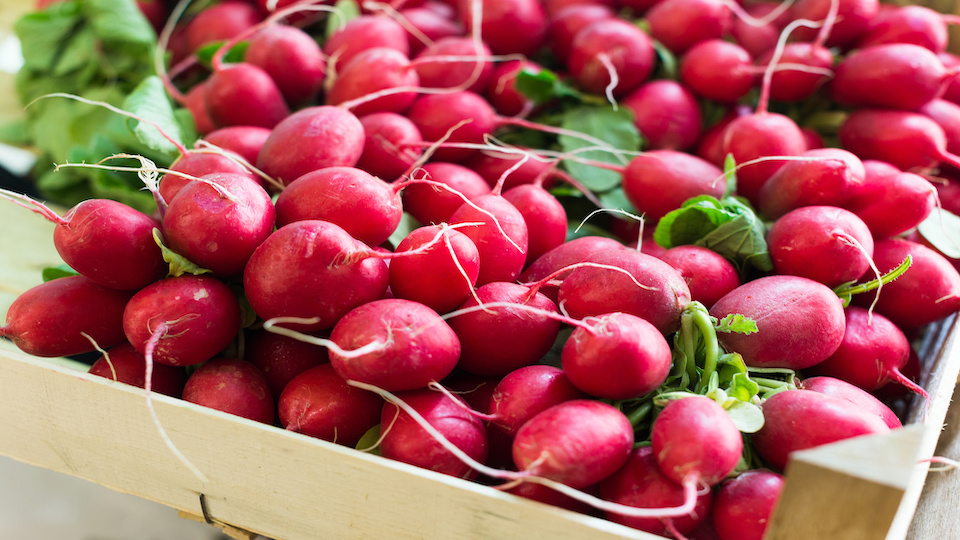When you finally find a vegetable that is easy to grow and produces a prolific harvest, it is tempting to plant rows upon rows of that particular plant. However, this can often lead to a boring palate when you end up having to eat the same vegetable day in day out.
Succession planting is a strategy to avoid this scenario. Planting is staggered to get harvests over a longer period of time, instead of having one or two major collections.
Relay planting
In relay planting, any single vegetable is planted in successive batches spaced one two to three weeks apart. You will be starting seedlings and planting at the same time while the first batches get ready for harvest.
Take the radish, for example, which has one of the fastest turnover times. If you have a variety that gets ready for harvest in 4 weeks, you’ll start the first batch 3 weeks before the last frost date. Subsequently, if you start a new batch every week and continue with it until 3 weeks before summer, you’ll have some amount of fresh radish to pick every week. Since radish is a cool-season vegetable, you can start another successive planting in fall.
Relay planting works best for vegetables such as carrots, beets, lettuce, spinach and others that are fully harvested altoogether. When you harvest a batch, you’ll be able to use the same spot for another batch.
Successive crop rotation
Crop rotation is a time-tested agricultural method used for preserving soil fertility. When a crop is grown in the same area season after season, it depletes the mineral nutrients in the soil. To avoid this, every crop is moved to a new location in the following season, while another one takes its position. Since the nutritional requirements of these crops differ, they draw a different set of nutrients from the soil.
Crop rotation also prevents the spread of diseases and pests from successive plantings. This is because the disease-causing organisms are usually host specific, and they perish when their host plants are not available. However, when crop rotation is practiced in small gardens, it’s mainly to increase productivity.
As seasons change, crops are also changed to take maximum advantage of the available space. Combined with relay planting, successive crop rotation makes it possible to double or triple the yield from the limited space you have.
Continuing the radish example, several successive plantings of this vegetable will be carried out until 4 weeks to summer. When the last few batches are harvested, the vacated areas will be planted with a warm season crop such as beans or tomatoes. Warm season plants usually have a relatively longer life cycle. When these crops have run their course, fall plantings of radishes or another cool season crop will again take their place.
Another example of relay planting and crop rotation for cooler regions is the lettuce-tomato-cabbage combination. Most lettuce varieties require 45 to 55 days to mature, which allows a relay planting of two to three crops in spring. Tomatoes started indoors can replace the lettuce as soon as it’s warm enough for this summer crop. When the tomato yield tapers off in fall, cabbage can take its place.
Gardeners in warmer areas with mild winters and hot summers will have a different pattern of succession. They may be able to grow just one or two batches of cool-season vegetables such as radish, lettuce or spinach in winter, followed by squash and cucumbers in spring and then eggplant or okra in summer. Beans and bell peppers may take over from there.
Successive gardening obviously requires the gardener to have a thorough knowledge of the time and duration of different seasons and the cultural requirements of various seasonal crops. The ultimate advantage of this system is that, with careful planning and scheduling, no area of the garden will be left idle at any time during the growing season, thus maximizing the yield from the limited space.
-Susan Patterson




